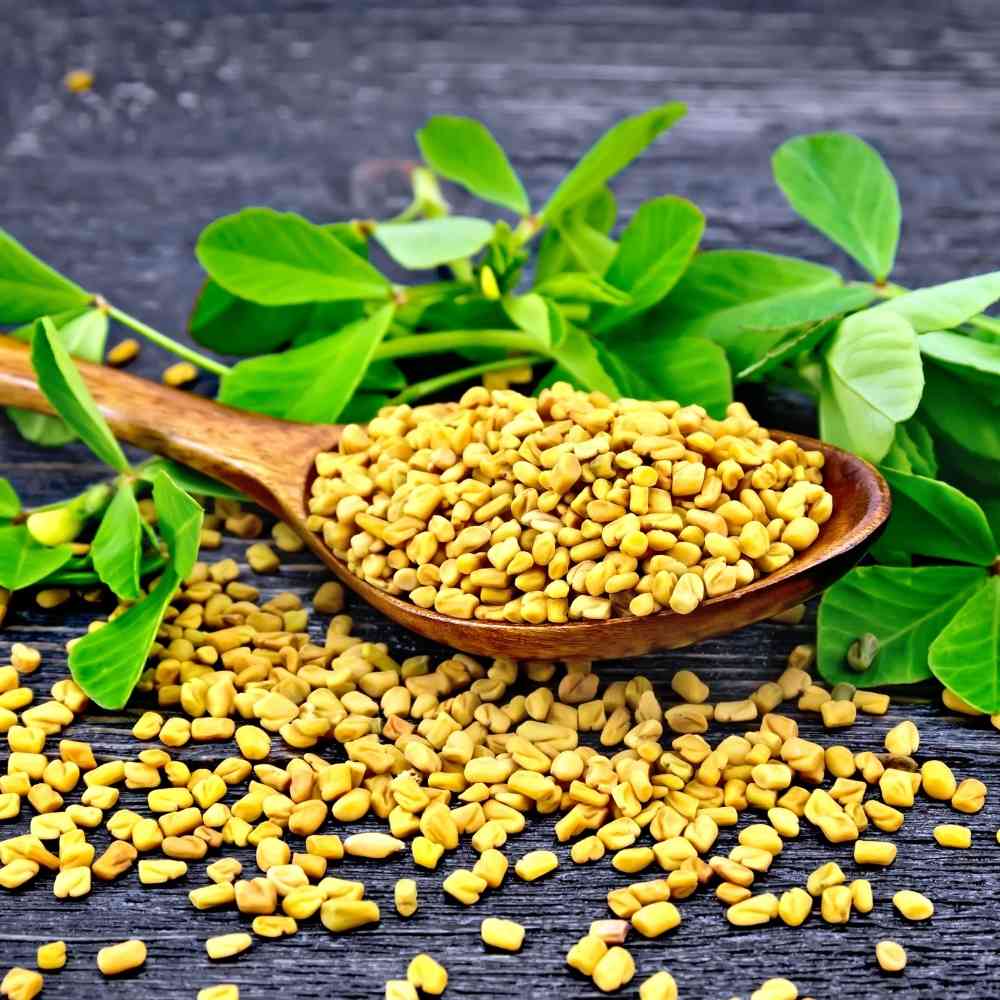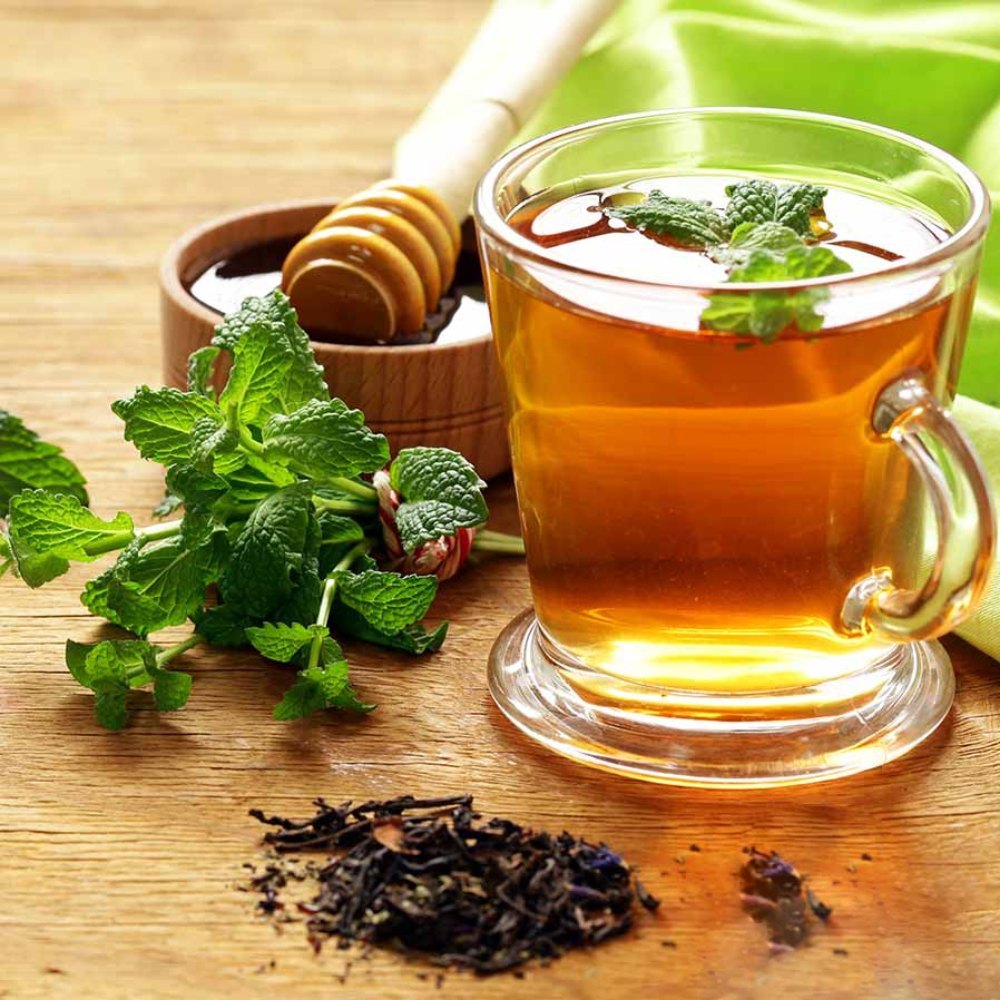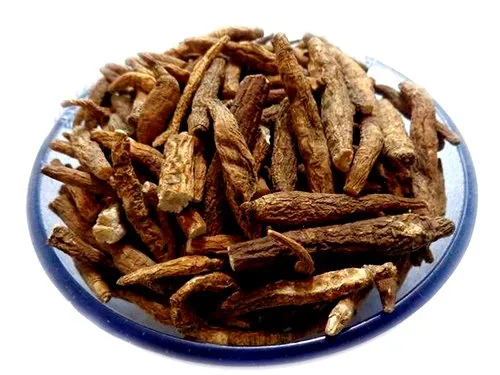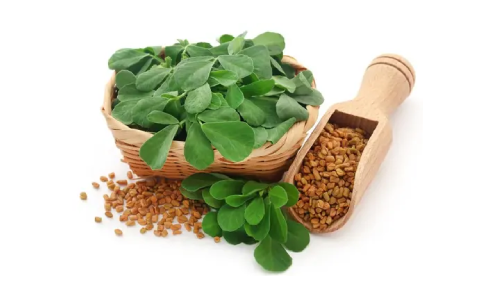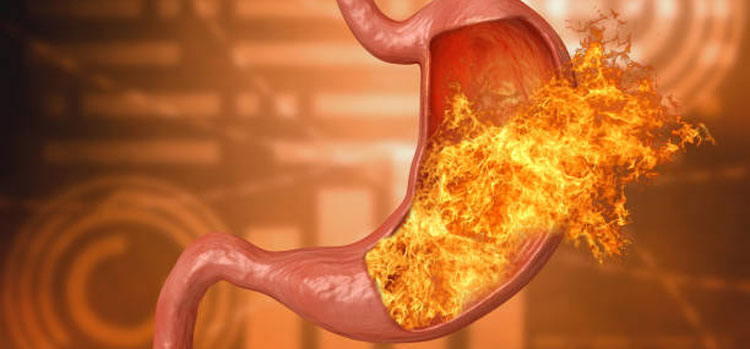Have you been facing indigestion, bloating, or sluggish metabolism? Ashtachurna might be the solution to your problems. For centuries, this Ayurvedic mix has been used to promote healthy digestion and aid in balancing the Dosha — or the body’s internal energies. So, let us explore this traditional remedy discussing its benefits, constituents, and proper way to take it in your day-to-day life. What is Ashtachurna? ‘Ashta’ refers to eight and ‘Churna’ means a powdered mixture in Sanskrit. Ashta Churna is an Ayurvedic blend derived from eight highly effective spices to enhance digestion, detoxification, appetite, and even respiratory health. All the ingredients of this mix have unique benefits. They help in balancing Tridosha (Vata, Pitta, and Kapha Dosha) and cure digestive disorders from bloating to constipation. Ingredients in Ashtachurna and Their Benefits Let’s take a peek into the ingredients that make Ashtachurna such a splendid and effective blend: Dry Ginger Ayurveda considers dry ginger a superhero. It helps balance Vata Dosha, and is therefore, a great remedy for bloating. Black pepper (Piper nigrum) In Ayurveda, this spice is known as Maricha. It boosts metabolism and supports the absorption of nutrients in the body. Black Pepper is a great detoxifying agent; so it works well to balance Kapha and Vata Dosha too. Long pepper (Pippali) Apart from being a close relative of black pepper, Pippali is considered another wonder herb that has digestive and respiratory benefits. Not only does it help in clearing mucus, but also has benefits for digestive health and your respiratory system. Cumin seeds (Cuminum cyminum) Cumin seeds, or Jeeraka, as we call them in Ayurveda, enhance digestion and aid in reducing gas and bloating. They also promote healing enzymes, helping to digest and absorb nutrients more effectively. Black cumin seeds Black cumin seeds help in body detoxification, as well as digestion stimulation. They likewise have a moderate diuretic action, helping to remove toxins through urine. Ajwain (Trachyspermum ammi) Ajwain, also known as carom seeds, helps cure gas and indigestion. Their natural oils calm the stomach lining, making them ideal for balancing Vata and Kapha. Asaofetida (Ferula asafoetida) Known as Hing in Ayurveda, Asafoetida is used as an instant cure for bloating and indigestion. The strong aroma and hot nature of this spice stimulate digestion, which is particularly useful for balancing the Vata Dosha. Rock salt (Sendha Namak) This salt balances the stomach acid levels in the body and supports digestive health. Unlike table salt, rock salt is unprocessed and, hence rich in all the natural minerals that help with digestion and metabolism. Ashtachurna for Digestion Here’s how Ashtachurna aids in improving your digestion and boosting your Agni (digestive fire): Boosts appetite Ashtachurna is an Ayurvedic herbal powder that acts as a natural appetizer. Moreover, it can work wonders for those who suffer from a lack of appetite, whether it be children or adults. This mixture of spices awakens the digestive fire with gentle stimulation which is an expression of healthy metabolism and digestion. Relieves indigestion and gas This spice blend helps to alleviate indigestion and gas. It contains powerful ingredients such as Ginger, Ajwain and Asafoetida that provide instant relief from bloating and flatulence. Aids in metabolism and weight loss When consumed efficiently, it can show good results in controlling one’s weight as well. This prevents Ama or toxins from developing in the body, by optimizing the metabolism and the process of food breakdown. Improves gut health In Ayurvedic theory, a healthy gut is the basis of overall wellness. Ashtachurna helps balance Tridosha (as explained above) which in turn helps maintain an ideal digestive system where the digestion process is smooth, nutrients are absorbed well and waste is excreted regularly. Consistent use of Ashtachurna can, therefore, help reduce digestive discomfort and, in addition, support a healthier gut microbiome. Detoxifies the body Ingredients of Ashtachurna, especially black cumin and black pepper, support the natural detoxification process by promoting the excretion of waste and toxins from the gastrointestinal tract. If you are trying to flush your system, this is a perfect spice to add to your diet. Respiratory health What is even more interesting is that Ashtachurna does not stop at digestion alone. It is great for respiratory health due to ingredients such as long pepper and black pepper. They assist in removing extra mucus, which can alleviate cough and congestion symptoms, especially during cold months. Ashtachurna Recipe Ashtachurna is always a part of my travel kit. Instead of buying from a brand, you can easily make Ashtachurna at home! This is a recipe from Ashtanga Hridayam, mentioned in the treatment of digestive disorders. Ingredients: Equal parts of Dry ginger Black pepper Long pepper Carom seeds Rock salt Cumin seeds Black cumin seeds Asafoetida Method of preparation: Gently pound and dry roast the ingredients separately, powder them, sieve and mix. The Ashtachurna is ready! How to consume Astachurna? You can consume Ashtachurna by adding a teaspoon of it in lukewarm water or buttermilk. Another way to consume it is by adding a half to one teaspoon of the powder with a bowl of rice during lunch. Side Effects of Ashtachurna Ashtachurna is usually safe to use on a daily basis, but you have to use it in the right way. For high Pitta people, it can aggravate irritation in the stomach lining if consumed in excess quantities. Also, the powder should not be taken by pregnant women and anyone with an ulcer unless prescribed by a doctor. Personal Insights and Tips Ashtachurna is among the best go-to remedies for many digestive issues. Specifically, it works wonders on the digestive system;… Continue reading Ashtachurna – An Ayurvedic Recipe for Digestion
Ashtachurna – An Ayurvedic Recipe for Digestion

